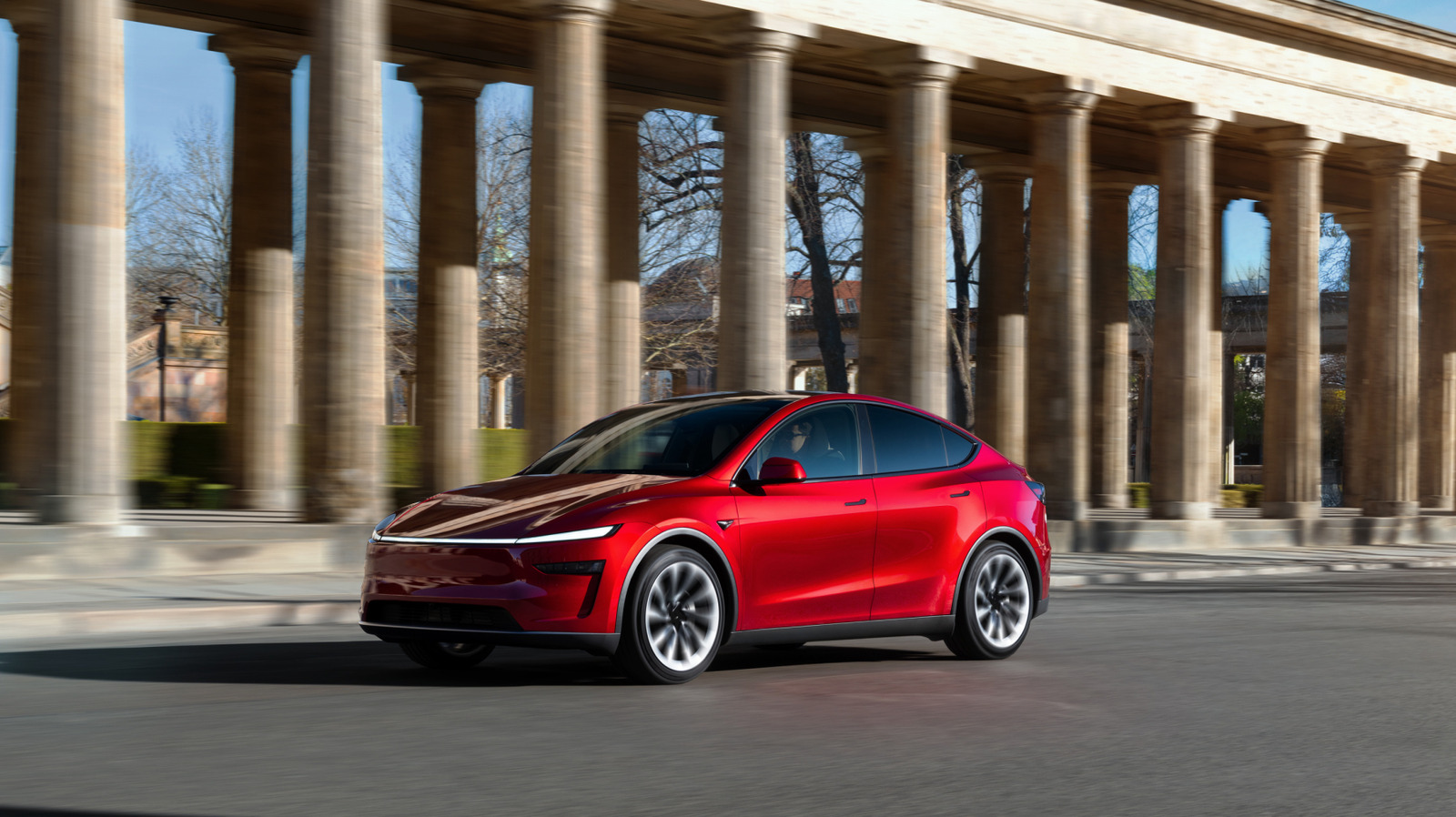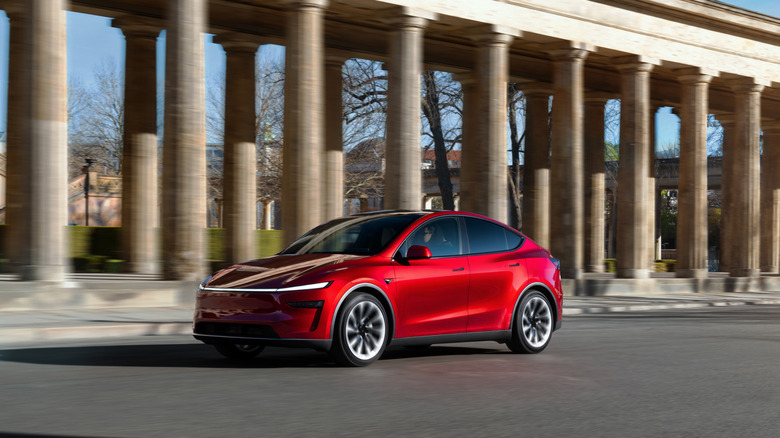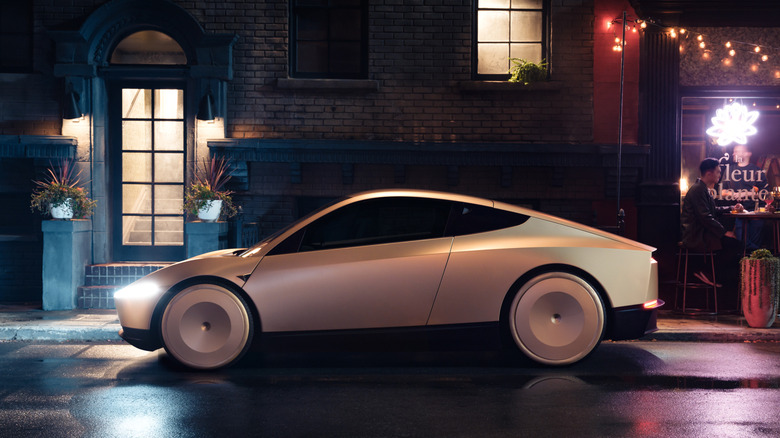Tesla is in constant finesse mode with the often-touted but much delayed rollout of its robotaxi service. After a limited launch in Austin, Texas, the company said it would offer the service in the San Francisco Bay Area. But according to Reuters, that ain’t gonna happen because a key California regulator hasn’t given Tesla the go-ahead. Instead, Tesla will provide a “chauffeur-style service operated by human drivers,” in Reuters’ exceptionally diplomatic parlance. Translation: taxis driven by cabbies.
The issue is that Tesla doesn’t currently have a permit to operate self-driving cars in the Bay Area – and hasn’t yet applied, Reuters reported. The California Public Utilities Commission (CPUC) has consequently ruled that the company can’t drive the public around in allegedly autonomous vehicles. Instead, Tesla can give rides on a limited basis as a “charter” service, and the company can’t charge for them.
On a recent earnings call, Tesla said that it would have a human safety driver at the wheel to take over, an arrangement it would pursue until it receives proper regulatory approval. It just didn’t fully divulge how much driving that driver would be doing.
Robotaxis as advertisements
There’s an old adage in the auto industry that if you want to move a product you have to “show the car.” Tesla is clearly following its own version of this wisdom in the Bay Area, as it doesn’t currently have any capacity to legally deliver an autonomous ride-hailing service. So what Californians are likely to see is a modest fleet of Tesla Model Y’s zipping around with “Robotaxi” branding, just without the “robo” part actually engaged. It’s good advertising, but anyone looking closely would notice the human in the driver’s seat.
Tesla is incredibly far behind Waymo on this front but has been given some space to catch up with the demise of GM’s Cruise, the only other once-major competitor in the autonomous ride-hailing business. It’s a two-horse race at this point, but Waymo and Tesla aren’t really even competing on the same terms. That doesn’t mean Waymo wins and Tesla loses, but Alphabet has sunk billions into Waymo since it started charging for rides in 2018, and, despite expanding its services to three cities and providing 250,000 rides per week, the company is still losing money on every trip it makes. Meanwhile, Tesla is betting that its robotaxi operation will be profitable by late next year, despite only currently operating in a sliver of space in a single American city.
Robotaxis aren’t exactly a kitchen table issue for most Americans
Tesla CEO Elon Musk has believed for some time now that the real money in the future of the auto industry isn’t in electrification but rather autonomy. Tesla’s most successful vehicle is the Model Y, but it plays in a crossover segment that’s not hugely profitable. The cheaper car that customers have been demanding would be even less profitable. Musk at this point has figured out that the entire industry is structurally low-profit and therefore he has swung Tesla toward the futuristic objectives of mass-market autonomy and robotics.
Tesla currently faces other problems in the state of California; a lawsuit from the state’s DMV over the false advertising of the company’s advanced driver assistance systems, for instance. The DMV is seeking a 30-day stop-sale of all Tesla vehicles in the state, alleging that the names of Tesla’s ADAS software–”autopilot” and “full-self driving mode”–serve as false advertising of the vehicles actual abilities, leading to deaths and crashes on California’s highways. Musk believes Tesla needs to get its robotaxis on the road in order to turn a profit next year and reverse the earnings slide from the first two quarters of 2025, but that route is looking less and less likely.





